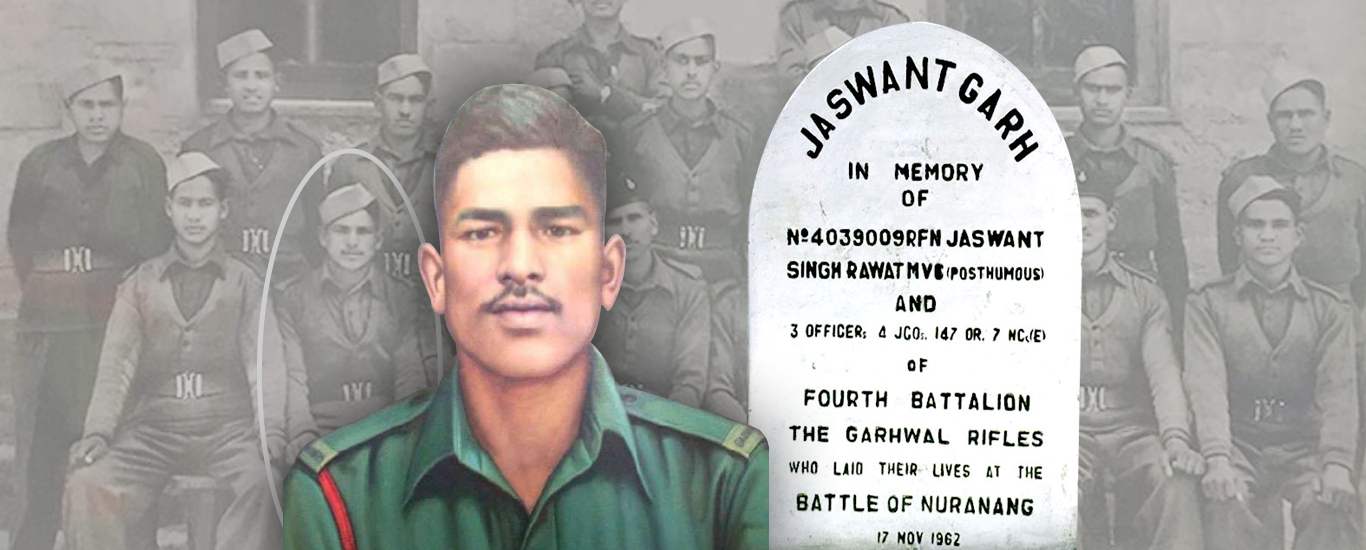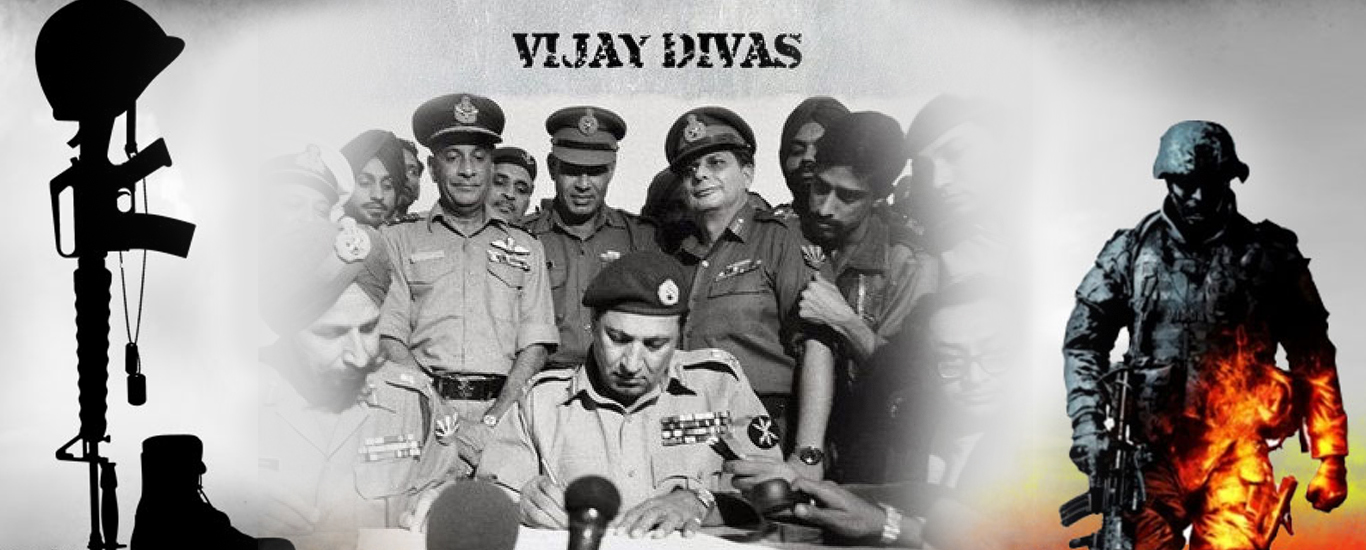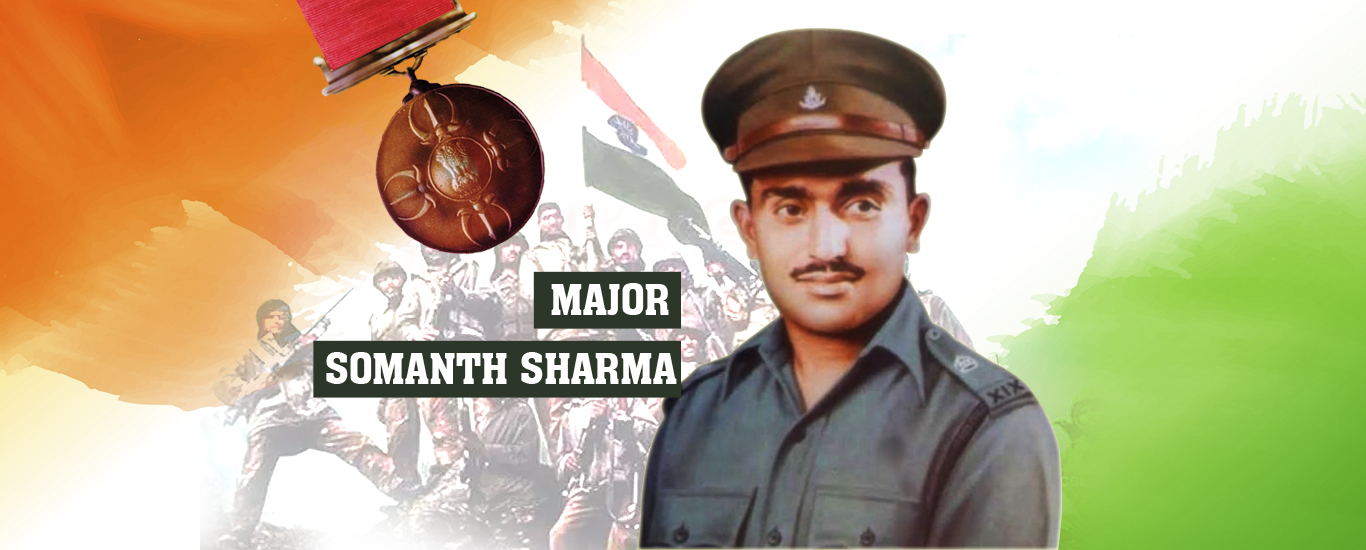Vijay diwas – Victory of the Indian Armed Forces over Pakistan in 1971 – War heroes
An extraordinary life, full of adventure, glory, and pride. The dedication of the Indian army has been an area that has been always admired. Love for the nation can make one go to any extreme. India had to fight to safeguard the borders and sovereignty. The war of 1971 was in full swing. This is a homage to the heroes of the battle and the recipients of the Param Vir Chakra. The Param Vir Chakra is India’s highest military decoration awarded for displaying distinguished acts of valor during wartime.

Lance Naik Albert Ekka
He was born to Julius Ekka and Mariam Ekka on 27 December 1942, in village Zari, Ranchi, Bihar. Ekka’s family belonged to an Adivasi tribe and Hunting was the most common sport among the Adivasis. Ekka was also interested in it from his childhood.
In the 1971 war, India was battling both east and north frontiers. For advancing into Bangladesh, the capture of Gangasagar was a crucial battle. Gangasagar was an important railway link to Bangladesh’s capital Dhaka and therefore a strategically important point. The Pakistani laid landmines on the entire region. When they broke out, 14 Guards were attached to the IV Corps and it was the 14 guard’s duty to clear Gangasagar. Lance Naik Albert Ekka was in this unit. Ekka treats challenges as worship that he can turn difficulties into his favor.
Ekka launched himself to the battle and destroyed enemy bunkers. Bullets reigned on him and despite it he saved many of his comrades from harm. The men displayed exemplary courage and were able to liberate Gangasagar. The Indian army then marched onwards to Dhaka. But the country had lost a brave man. Ekka’s exemplary gallant actions were awarded posthumously with a Param Vir Chakra.
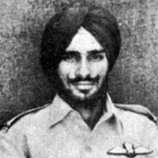
Nirmal Jit Singh Sekhon
He was born in the village of Isewal, Ludhiana, Punjab Province, British India on 17 July 1943. His father was M.W.O. (Honorary) Flight Lieutenant Tarlok Singh Sekhon.
During the 1971 Bangladesh liberation war, a conflict sparked between India and Pakistan. This resulted in unimaginable destruction and a widespread massacre of innocent lives. On 14th December 1971, four Pakistani fighter jets called Sabres set out towards India. Their mission was to bomb Srinagar. They were spotted by soldiers as they flew over Indian soil. Soon the air traffic control contacted them with a message to launch their defensive fighter jets. The message was received by flight Lieutenant Ghumman and flying officer Nirmal Jit Singh Sekhon.
The officers rushed to the gnats their subsonic fighter jets also nicknamed as ‘Sabre Slayer’ since 1965 these gnats had beaten several Pakistani Sabres. Within seconds the officers were ready for takeoff. But before they could the antiaircraft guns had started firing at the intruders. Ghumman took off first and followed by Sekhon took off 20 seconds later. Two bombs exploded on the runway and the enemy fighter jets were straight overhead. The Pakistani pilots had dropped the bomb and flown right back up. The two pilots lost their communication. Sekhon began firing at the fighter jets. One of the fighter jets had dropped its fuel tank and this made the aircraft lighter and faster helping it make a quick escape. The visibility was poor and that made it impossible for anyone from the base to spot Sekhon. No help was possibly sent and he became alone all by himself.
Sekhon dropped his fuel tanks and charged at the aircraft in front of him. The Flying Officer engaged the enemy in unequal combat. Sekhon’s aircraft was shot by gunfire of one of the Sabres and he was killed. For his selfless act of bravery, he was awarded the Param Veer Chakra posthumously making him the only Air Force officer to receive this ultimate honor.
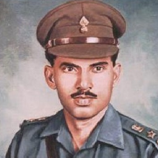
Major Hoshiar Singh
Major Hoshiar Singh Dahiya was an Indian army officer born at Sisna village, Sonipat district of Haryana. After completing his schooling and one year’s study at the Jat College, Rohtak, he joined the Indian army. He was commissioned in the Grenadiers Regiment on 30 June 1965.
It was the 1971 Indo-Pak war that turned Col Dahiya into a hero. From 15 to 17 December 1971, his unit was to build a bridge across the Basantar River at Jarpal. The Pakistani forces had placed minefields on both sides of the river. The task was arduous because his men had to cross the minefield to capture the position. He was facing the 35 Frontier Force Rifles of the Pakistan army. With just 120 men, Hoshiar Singh repulsed huge counter attacks of the enemy. Major Dahiya was seriously injured in artillery shelling on his position. Yet he refused to be evacuated and kept fighting till ceasefire. Major Dahiya was awarded the Param Vir Chakra for his bravery and leadership.

Second Lieutenant Arun Khetarpal
Second Lieutenant Arun Khetarpal was born on 14th October 1950 in Pune, Maharashtra. He passed away on 16 December 1971
Pakistani plan was to attack Shakkargarh and cut Kashmir from the rest of India. Indians decided to cross river Basantar and counterattack. A bridgehead was made over the river Basantar. The soldiers were clearing the landmines when the Pakistani attacked. There were only 3 Indian tanks face to face with 14 Pakistani tanks. The Pakistanis came head-on, Indians retaliated, and all the Pakistani tanks were getting destroyed. And at last, there remained 4 Pakistani tanks and 1 Indian tank which was manned by Second Lieutenant Arun Khetarpal. He decided to take the enemy head-on. In the ensuing battle, a shell landed on Arun’s tank and his tank caught fire, and was injured. Arun’s commander ordered him to abandon his tank and retreat. But he was not ready to do that. 2 more Pakistani tanks were destroyed and one Pakistani tank was abandoned. There remained only 2 tanks and both faced each other and fired. Arun took a direct hit and the Pakistani crew ran away. Arun was badly injured. By the time the help had come, he had passed away. He had won the day but lost his life when he was just 21. Second Lieutenant Arun Khetarpal became the youngest recipient of the Param Vir Chakra.
The Battle of Basantar was the largest tank battle of the subcontinent. India captured over 1000sq km of territory and gave a crushing defeat to the enemy.
These brave hearts should always be remembered who brought victory and fought for the mother nation by risking their lives.

